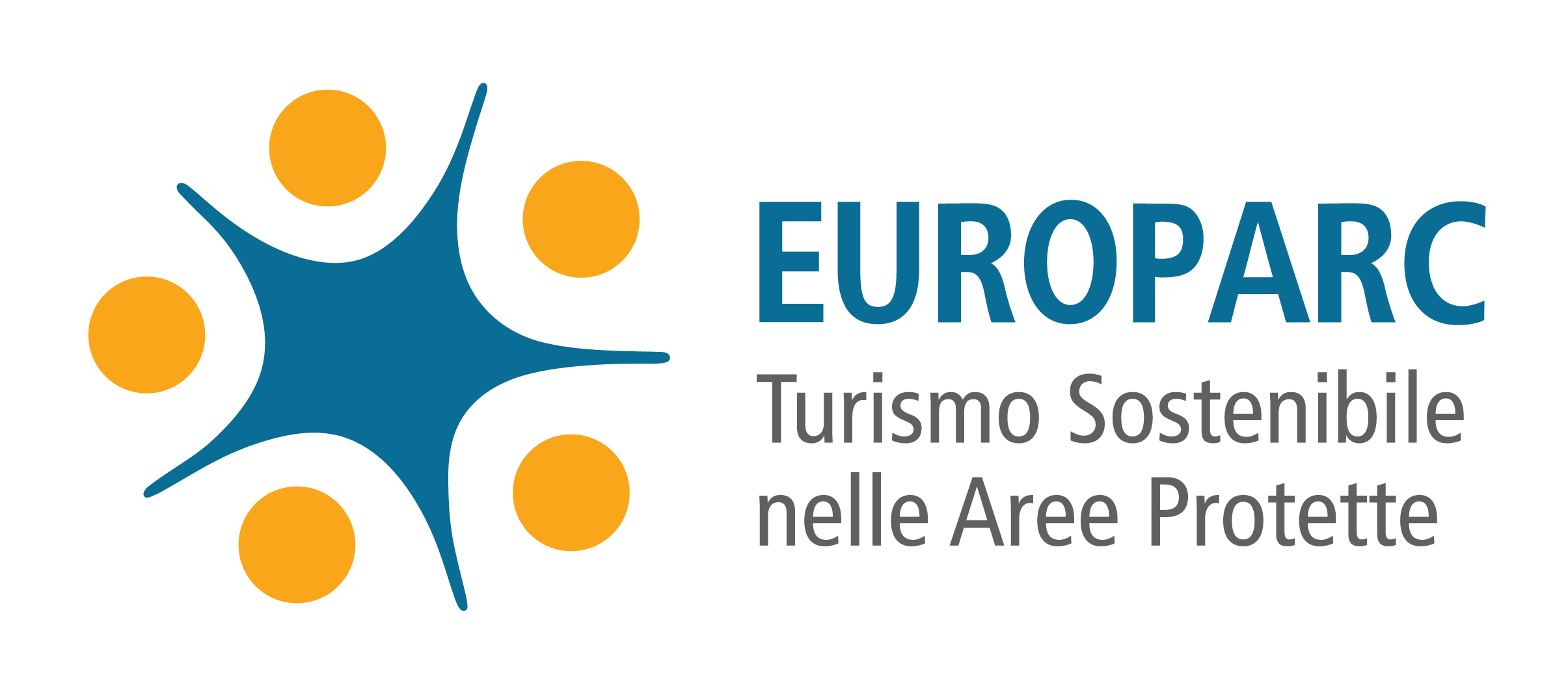
The Park of the Casentino Forests and the European Charter for Sustainable Tourism
Following the candidature run in 2014 and the subsequent visit of the Europarc verifier, the National Park obtained the prestigious recognition of the first phase of the European Charter for Sustainable Tourism with the ceremony held at the European Parliament in Brussels on 7 December 2015.
The CETS, is an instrument similar to a certification process, which allows better management of protected areas for the development of sustainable tourism. The central element of the CETS is the collaboration between all the parties involved in developing a common strategy and an action plan for tourism development.
Not just protection of nature but also promotion of the territory. This is the slogan that could summarize the aims of the CETS. It is a good practice, already successfully tested by over 120 Protected Areas in Europe, twenty of which are in our country. An experience that has allowed the parks to enter into dialogue with the territorial interlocutors interested in promoting sustainable tourism to promote local development.
The aforementioned CETS is an important instrument, coordinated by the EUROPARC Federation which manages the procedure for conferring to protected areas and coordinates the network of certified areas.
The path taken, therefore, aims to create a local strategy in favour of sustainable tourism, defined as "any form of development, planning, or tourism activity that in the long run respects and preserves natural, cultural, and social resources and contributes in a fair and positive way to economic development and to a full realization of people living, working or staying in protected areas "(1996," Tourism, basic principles for sustainable development "- World Tourism Organization [UNWTO])
Pursuing a development of tourism conceived in this way requires the reflection of all the forces of the territory and a strengthening of all the positive interactions between the function of nature protection and tourism activities. The path, therefore, is naturally aimed at strengthening the cohesion between the National Park, the individual municipalities and the various economic and social sectors of the territory.
Following the acknowledgment, the path has been followed, continuing to implement the actions undertaken and also involving other interested parties.
And so, during 2016, a number of meetings were held that allowed these subjects to get to know the project and also to be part of it, presenting one or more actions that, in the Forum of 21 February 2017, were accepted by going to implement the presented Action Plan.
After some years of experience in CETS Part 1, where each member is expected to carry out the action they have prepared, contributing to the Action Plan and to the Park being certified by Europarc, we are now moving towards Part 2, where the Park becomes a certification of the subjects (guides, escorts and accommodation facilities), already active in Part 1, who are candidates.
The certified subjects will sign a protocol and an agreement with the Park in which, in view of their commitments in terms of environmental respect and working methods, the Park will have greater visibility and the possibility to use the CETS logo.
In the Forum of December 2018, other new actions have been accepted that have become part of the CETS Part 1 and soon the certification process of those who have asked to participate in Part 2 will be completed.
The certification process of candidates for Part 2 of the CETS has been concluded and there is therefore a list of operators (guides, travel escorts, and accommodation facilities) that are certified by the Park Authority and who have signed an agreement that provides for commitments within the scope of tourism supply, environmental behaviour, and local development and heritage conservation.

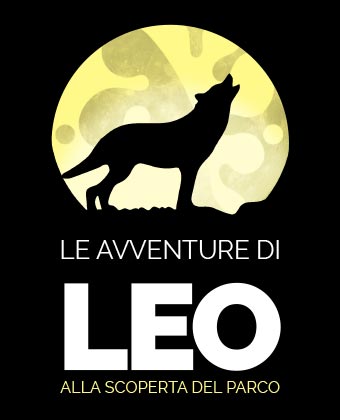
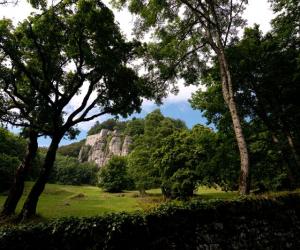
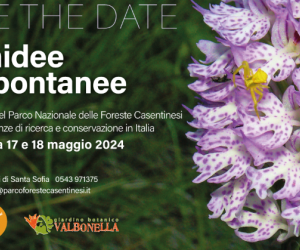
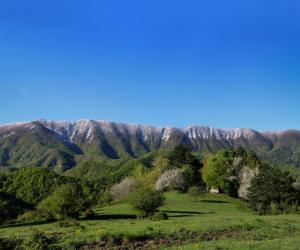
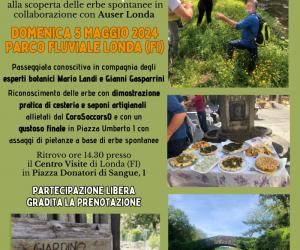
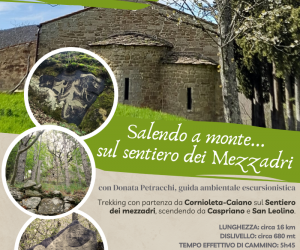




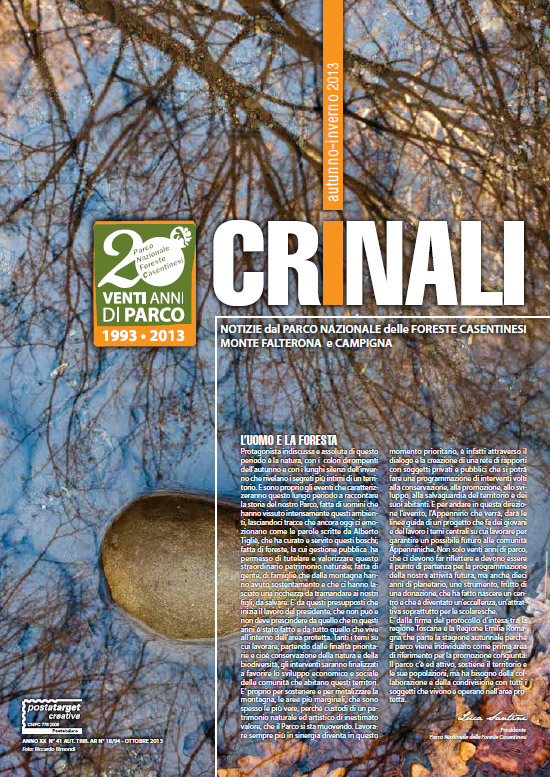
 Integra Solutions
Integra Solutions